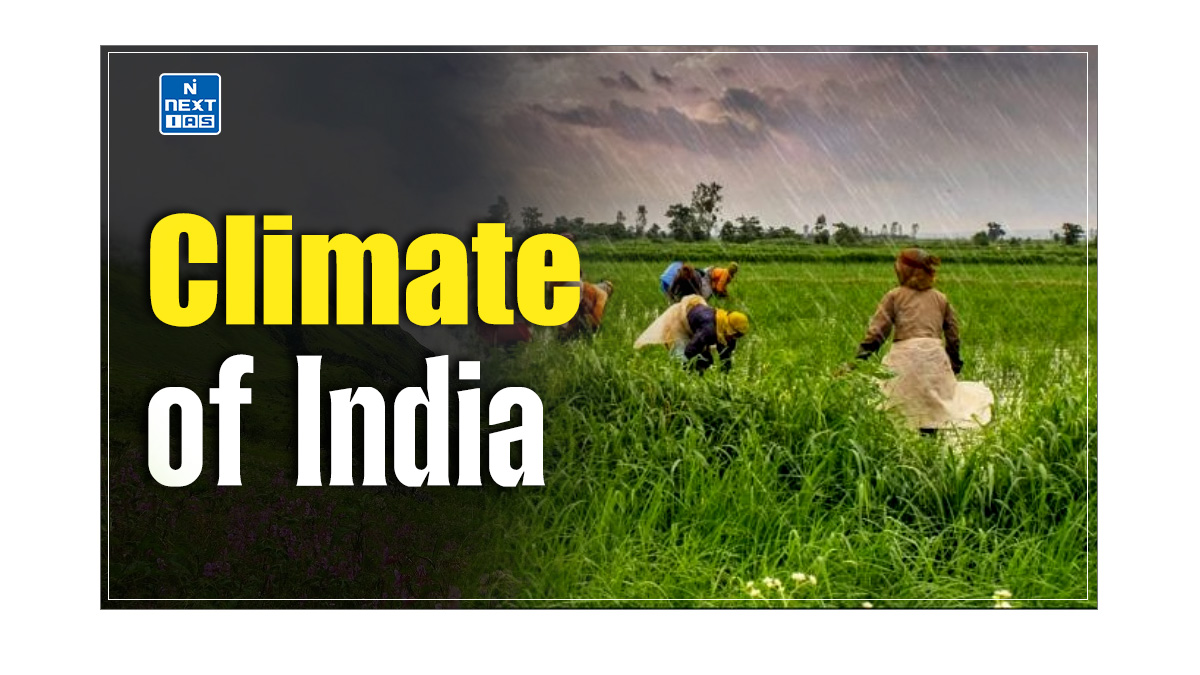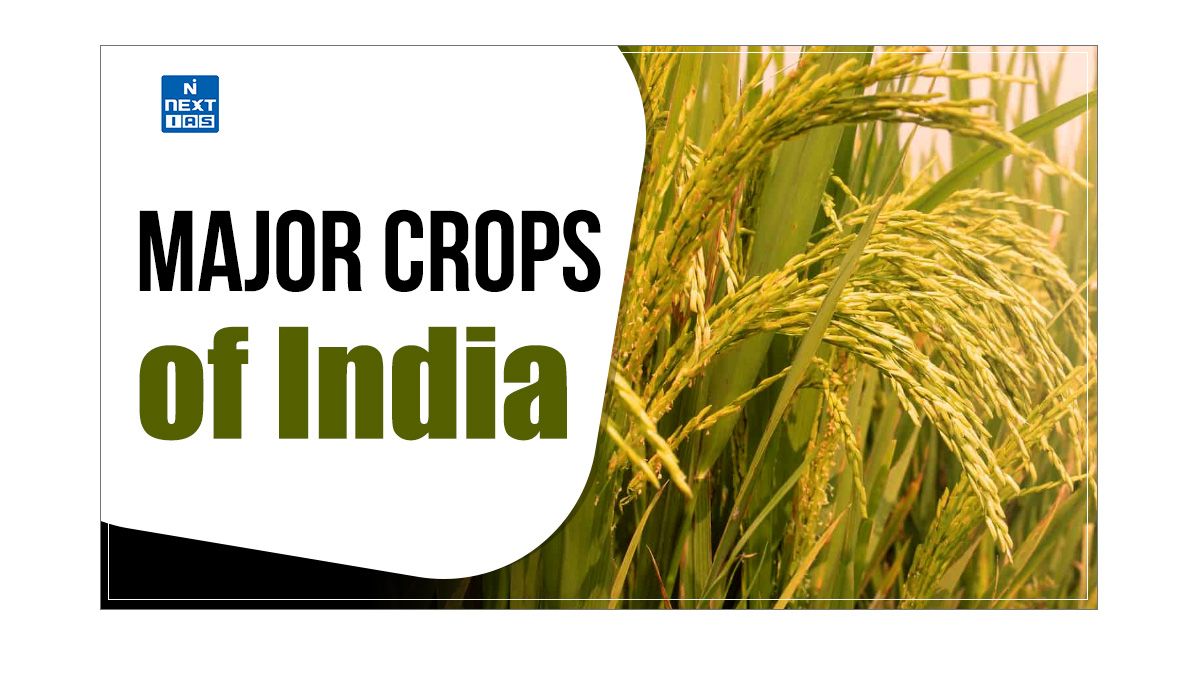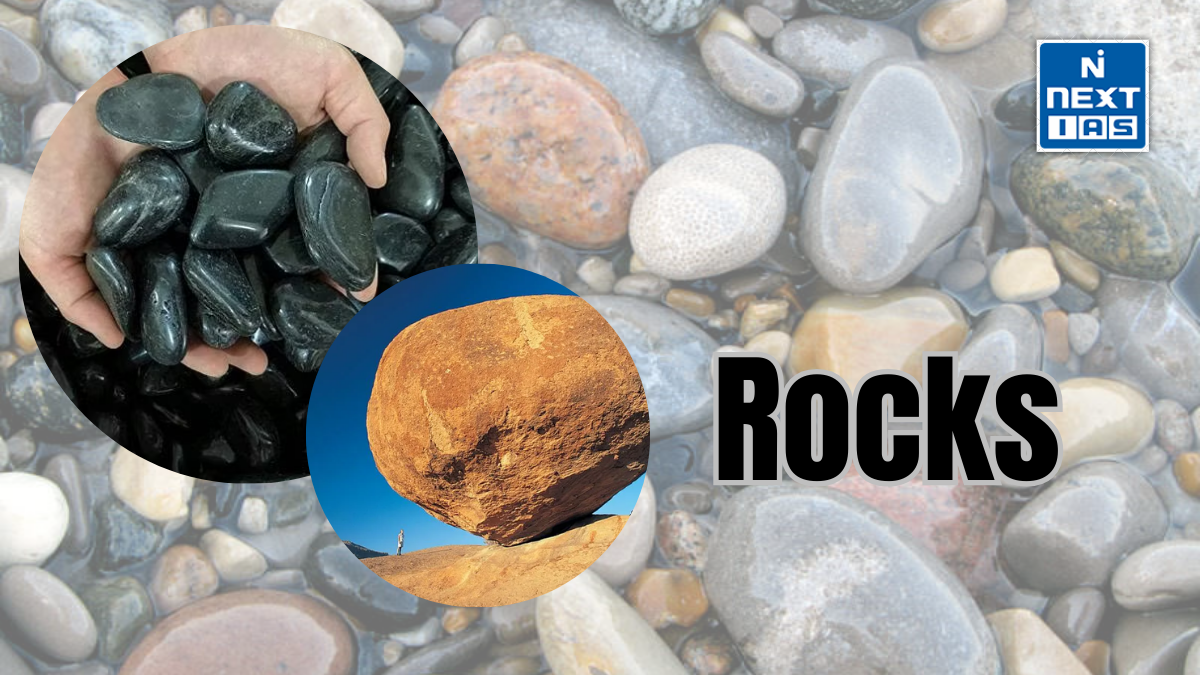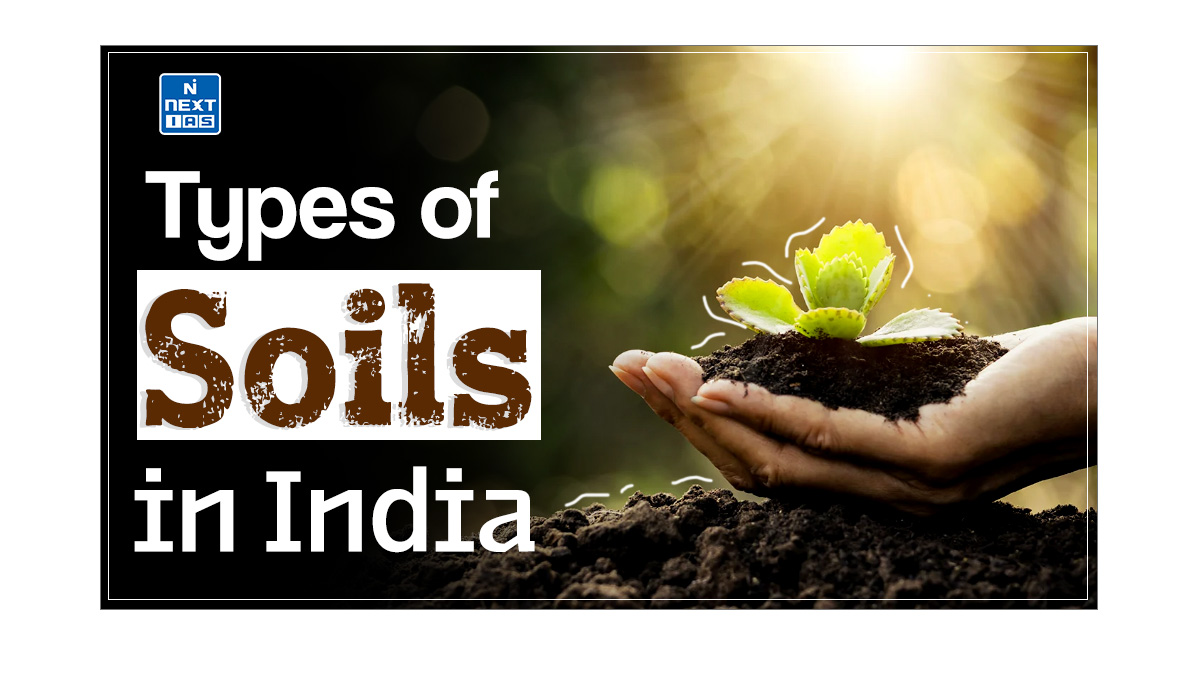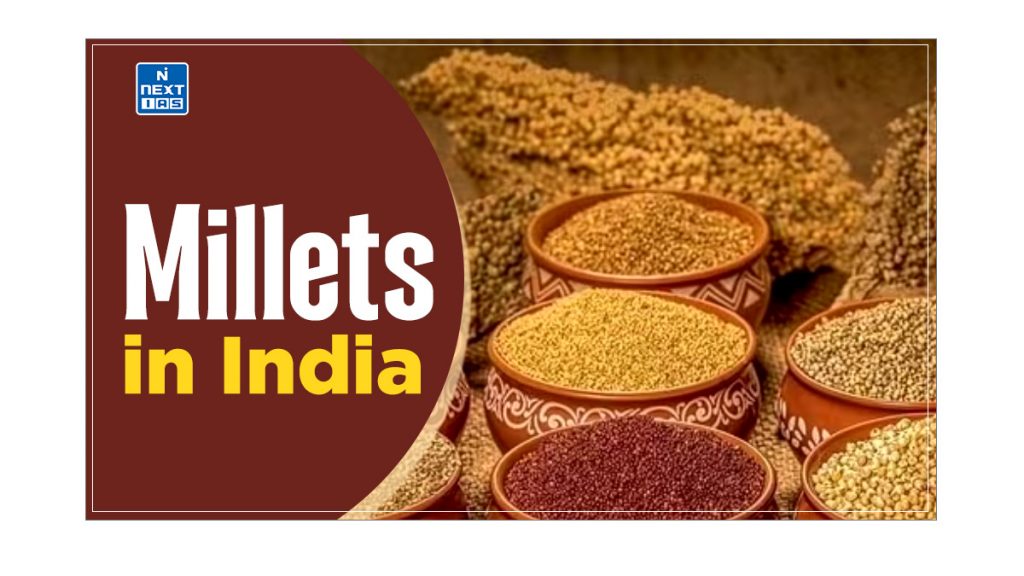
Millets are short-duration, small-grained cereals that thrive in warm weather and are known for their resilience in less fertile and drought-prone areas. Essential to dry-land agriculture, millets require minimal external inputs and are highly valued for their nutritional benefits. This article aims to study in detail various types of millets, including Jowar (Sorghum), Bajra (Bull Rush Millet), Ragi (Finger Millet), and Barley, along with their growth conditions, production, and distribution across India.
About Millets
- Millets are short-duration (3-4 months), small-grained, warm-weather cereals belonging to the grass family.
- Millets are grown in less fertile areas and are highly tolerant to drought and other extreme weather conditions.
- Millets require low or no purchased inputs and are considered the backbone of dry-land agriculture.
- Millets are highly nutritious, non-glss fertile areas and are highly tolerant to drought utinous, and non-acid-forming foods.
- Millets offer nutraceutical and health-promoting properties, especially due to their high fibre content. They provide food for poor people.
Types of Millets in India
The types of Millets grown in India are:
- Pearl Millet (Bajra) – Pearl Millet is known for its drought resistance and high nutritional value.
- Finger Millet (Ragi) – Finger Millet is rich in calcium and adaptable to various soil types.
- Sorghum (Jowar) – A versatile crop used for food and fodder, it thrives in arid conditions.
- Foxtail Millet (Kangni or Rala) – Foxtail Millet is characterised by its small, golden grains and high fibre content.
- Little Millet (Kutki) – Small grains with a high nutritional profile are used in traditional dishes.
- Barnyard Millet (Sanwa) – Barnyard Millet is often used in fasting and has high fibre and mineral content.
- Kodo Millet (Kodo) – Kodo Millet is known for its resilience to harsh climates and is rich in minerals.
- Proso Millet (Cheena) – Proso Millet is often used in bird feed and as a food source in various cultures.
A few of these millets has been discussed in detail in the following section.
Jowar (Sorghum)
- Jowar has a high nutritional value. It is rich in protein, fibre, thiamine, riboflavin, folic acid, and carotene.
- Sorghum proteins are significantly less digestible than other cereal proteins upon cooking, which might be beneficial for certain dietary groups.
Conditions for Growth for Jowar
- Jowar is a rainfed crop grown in dry farming areas. It is grown both as a Kharif and a Rabi crop.
- It does not grow where the rainfall exceeds 100 cm.
- Clayey deep regur and alluvial soils are ideal for growing jowar.
- It can also be cultivated on gentle slopes up to an altitude of 1,200 meters.
Production and Distribution of Jowar
- Maharashtra (38%) and Karnataka (20%) are the largest producers of Jowar.
- Tamilnadu, Rajasthan, Andhra Pradesh and Uttar Pradesh are other important producers of Jowar.
Bajra (Bull Rush Millet)
- Bajra is the second most important millet and has been cultivated in Africa and the Indian subcontinent since prehistoric times.
- It is well-suited to regions with drought, low soil fertility, and high temperatures.
- Bajra thrives in soils with high salinity or low pH. Similar to jowar, it is used as both food and fodder in the drier areas of the country.
Conditions for Growth for Bajra
- Bajra is a rainfed kharif crop in dry and warm climates. It is grown in areas with 40-50 cm of annual rainfall.
- The upper limit is 100 cm. Bajra can be grown on poor, light sandy and black and red soils. It is sown as a pure or mixed crop with cotton, jowar, and ragi.
Production and Distribution of Bajra
- Rajasthan (1st), Uttar Pradesh (2nd), Haryana (3rd) and Gujarat (4th) are the important producers.
- Rajasthan accounts for 45.22% of the total production.
Ragi (Finger Millet)
- Ragi is grown in the drier parts of Southern India (mainly drier parts of Karnataka).
- Finger millet is an richest source of calcium, providing 300-350 mg per 100 grams.
- It thrives in warm climates with 50-100 cm of rainfall and can be cultivated in a variety of soils, including red, light black, sandy, and well-drained alluvial loams.
- It is a rainfed Kharif crop sown between May and August and harvested between September and January.
Conditions for Growth for Ragi
- Climate and Rainfall – Ragi thrives in warm climates and requires 50-100 cm of rainfall. It is suited for drier regions and performs well in conditions that are neither wet nor dry.
- Soil Requirements – Ragi can be grown on various soil types, including red, light black, sandy, and well-drained alluvial loams. It prefers well-drained soils to prevent waterlogging.
Production and Distribution of Ragi
- The major ragi-growing states are Karnataka, Maharashtra, Uttarakhand, Tamilnadu, Andhra Pradesh, Jharkhand, Odisha, Chattisgarh, and Gujarat.
Barley
- Barley is a major cereal grain widely cultivated in temperate regions around the world.
- Among the earliest domesticated grains, barley has been cultivated for nearly 10,000 years, particularly across Eurasia.
- It serves multiple purposes, including use as animal feed, a source of fermentable material for beer and certain distilled beverages, and as an ingredient in various health foods.
- Additionally, barley is a key component in the production of beer and whisky.
Conditions for Growth for Barley
- It does not tolerate high heat or humidity. It grows in areas with rainfall between 75 cm and 100 cm.
- It is grown as a rabi crop in the Great Plains and valleys of the western Himalayas.
- It can thrive at altitudes of up to 1,300 meters, as seen in Uttarakhand.
Production and Distribution of Barley
- Barley production has declined over time (like most millets). It is mainly grown in Uttar Pradesh, Rajasthan, Punjab, Madhya Pradesh, Haryana, Bihar, Himachal Pradesh, West Bengal, and Jammu and Kashmir.
Production of Millets in India
- Millets are produced widely across various regions, with significant cultivation in countries like India, China, and parts of Africa.
- In India, millet is grown primarily in states such as Karnataka, Rajasthan, Maharashtra, and Tamil Nadu.
- The production of millets is crucial for food security, particularly in drought-prone areas, due to their resilience to harsh growing conditions and low water requirements.
Benefits of Millets
The benefits of millet are as follows:
- Nutrient-Rich – Millets are high in essential nutrients such as vitamins, minerals, and fibre, making them a healthy choice for balanced nutrition.
- Drought-Resistant – Millets are well-suited to arid and semi-arid conditions, requiring less water compared to other crops, which helps in sustainable agriculture.
- Low Glycemic Index – Millets have a low glycemic index, which helps in managing blood sugar levels and is beneficial for people with diabetes.
- Versatile Use – Millets can be used in a variety of dishes, from traditional recipes to modern health foods, adding diversity to the diet.
Conclusion
Millets play a crucial role in Indian agriculture, particularly in regions with challenging environmental conditions. Their ability to withstand drought and poor soil quality, combined with their high nutritional value, makes them a vital food source for many communities. Despite changes in production patterns and the decline in millet cultivation over time, these crops remain integral to the agricultural landscape and the diets of millions. Understanding the conditions required for their growth and distribution helps appreciate their significance and potential in ensuring food security and sustainability.
International Year of Millets
- The International Year of Millets was declared by the United Nations for 2023 to raise awareness and promote the cultivation and consumption of millets.
- This initiative aims to highlight the nutritional benefits of millets, their role in sustainable agriculture, and their potential to enhance food security.
- By focusing on millets, the year seeks to encourage their integration into global food systems and improve the livelihoods of smallholder farmers.
Frequently Asked Questions (FAQs)
What is Millet?
Millets are small, nutrient-dense cereal grains that grow in a range of environmental conditions, especially in arid and semi-arid regions.
Why are Millets important?
Millets are important because they are highly nutritious, offering a rich source of protein, fibre, and essential minerals.
